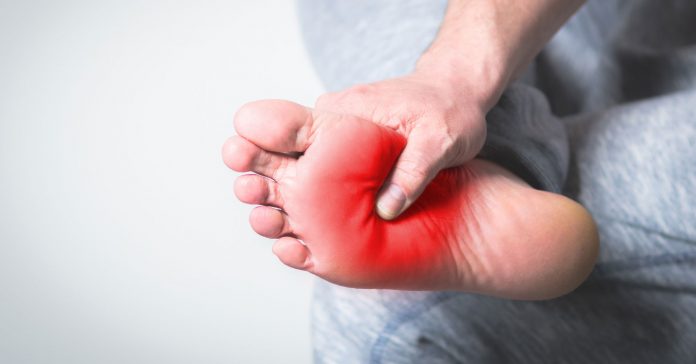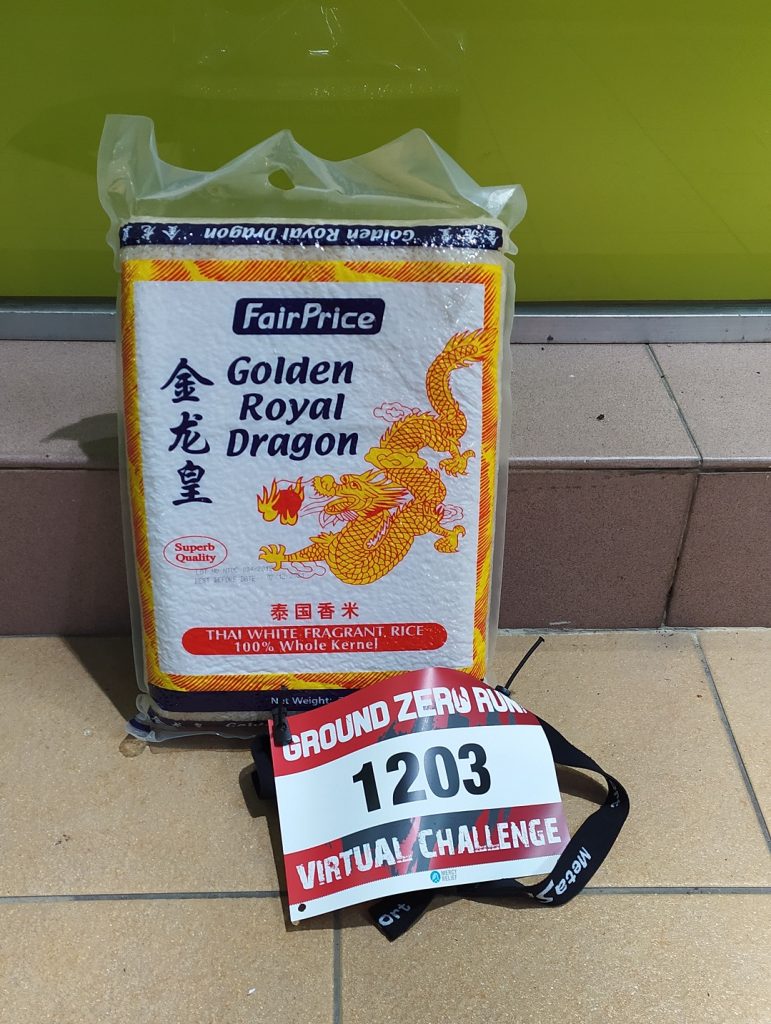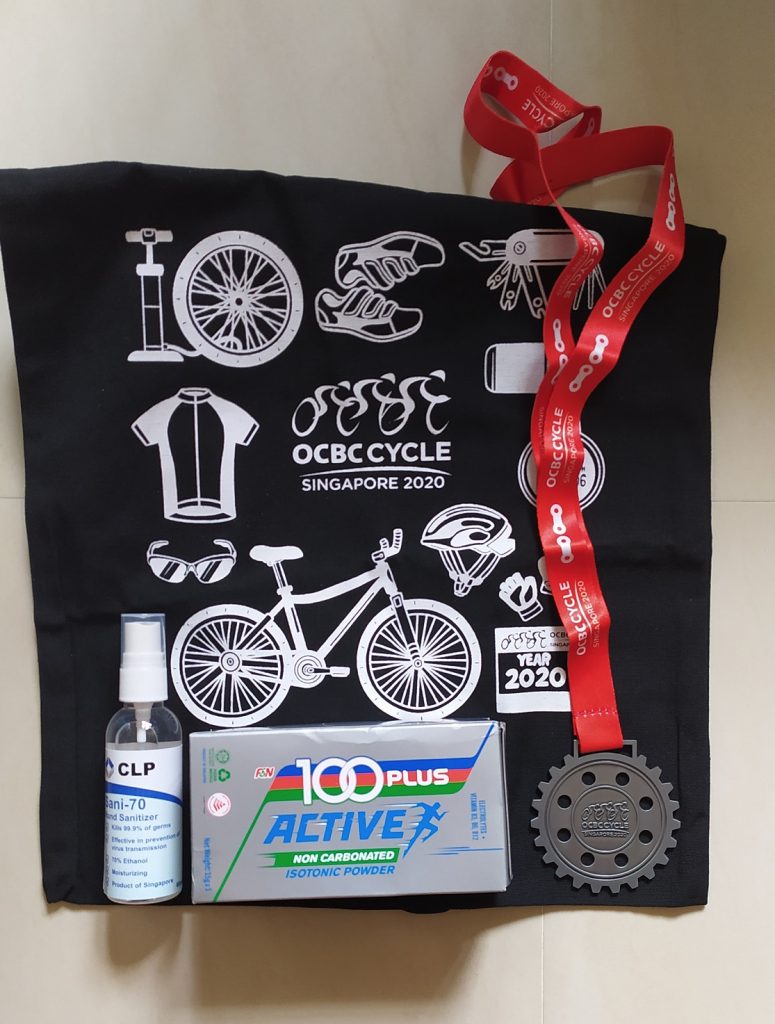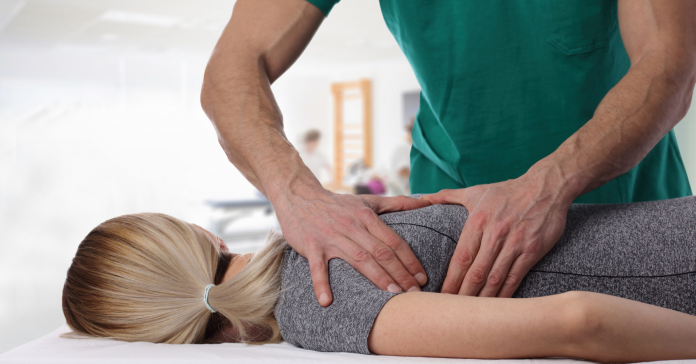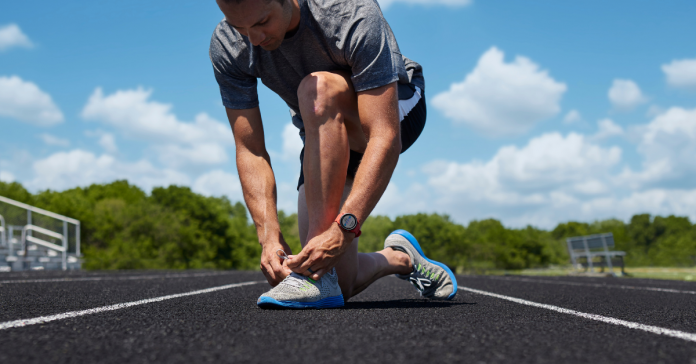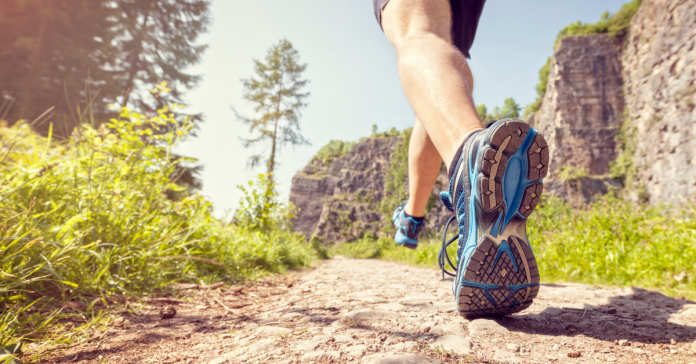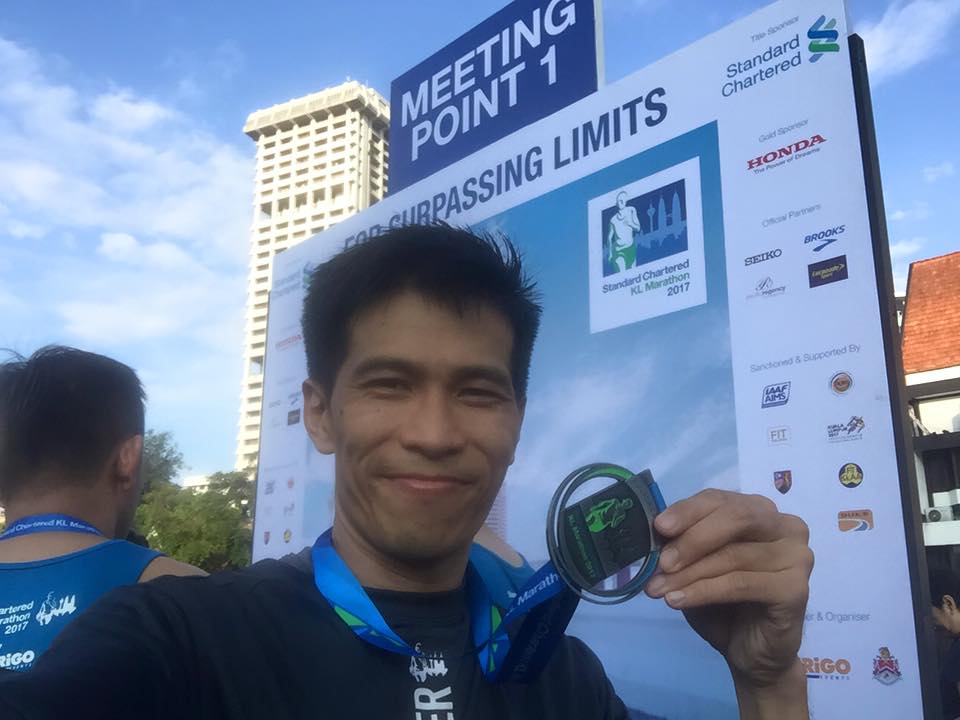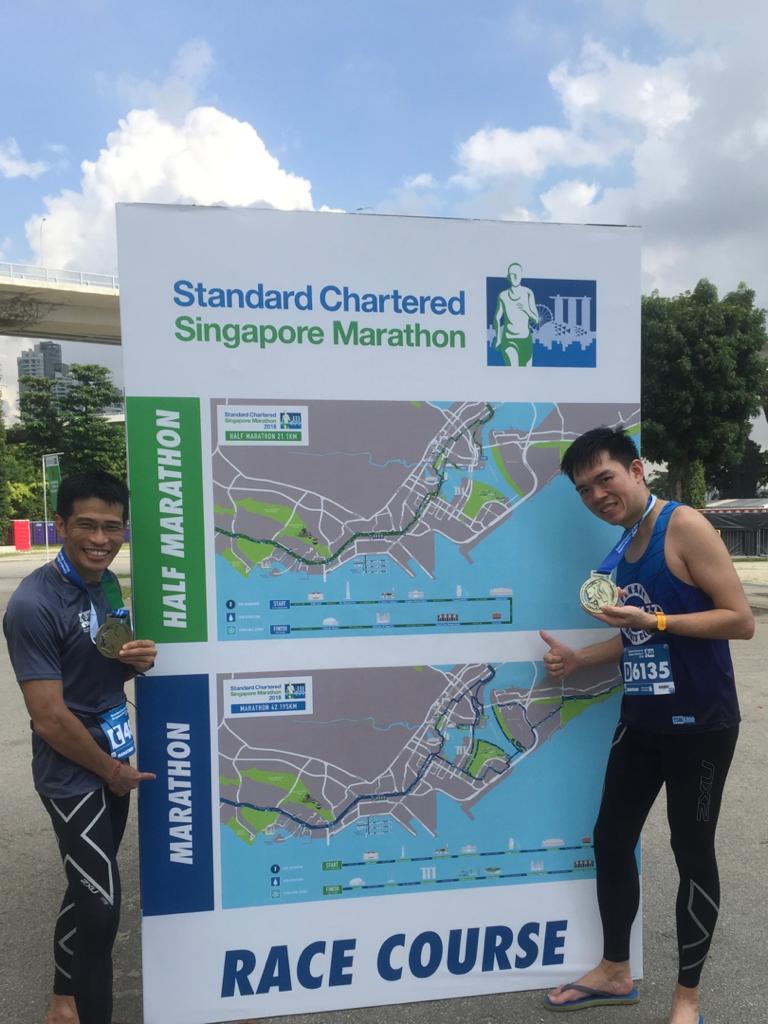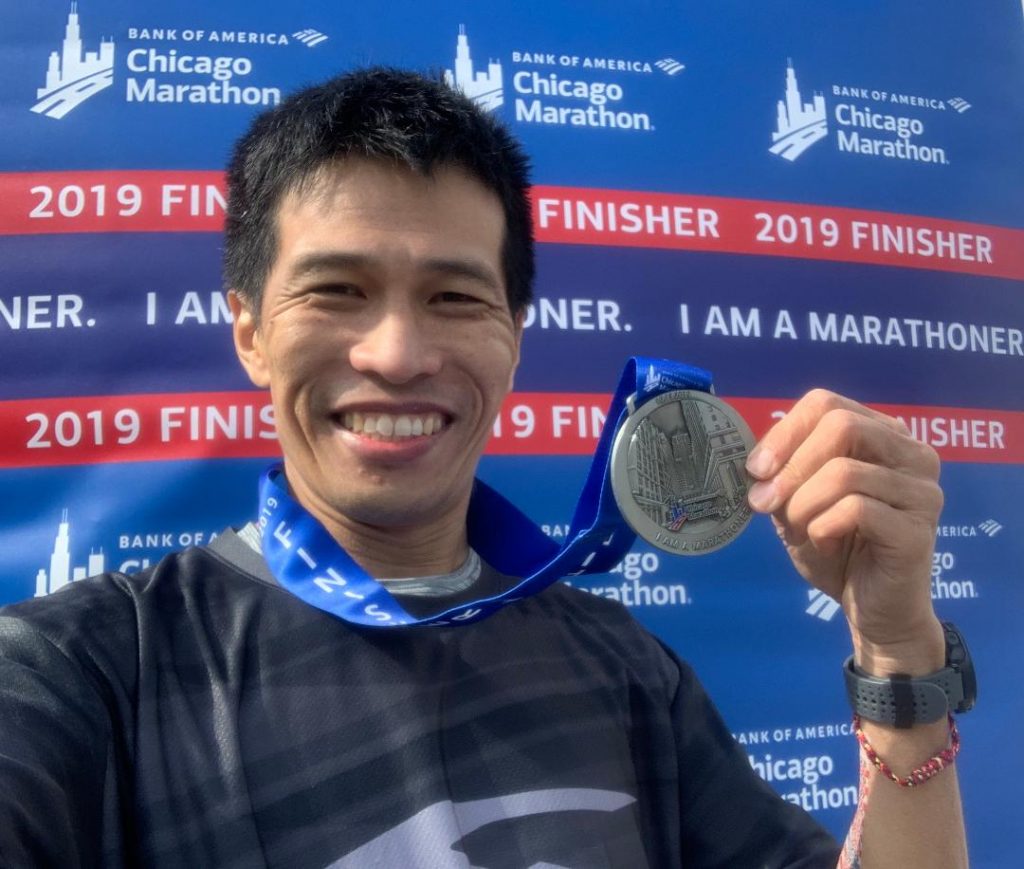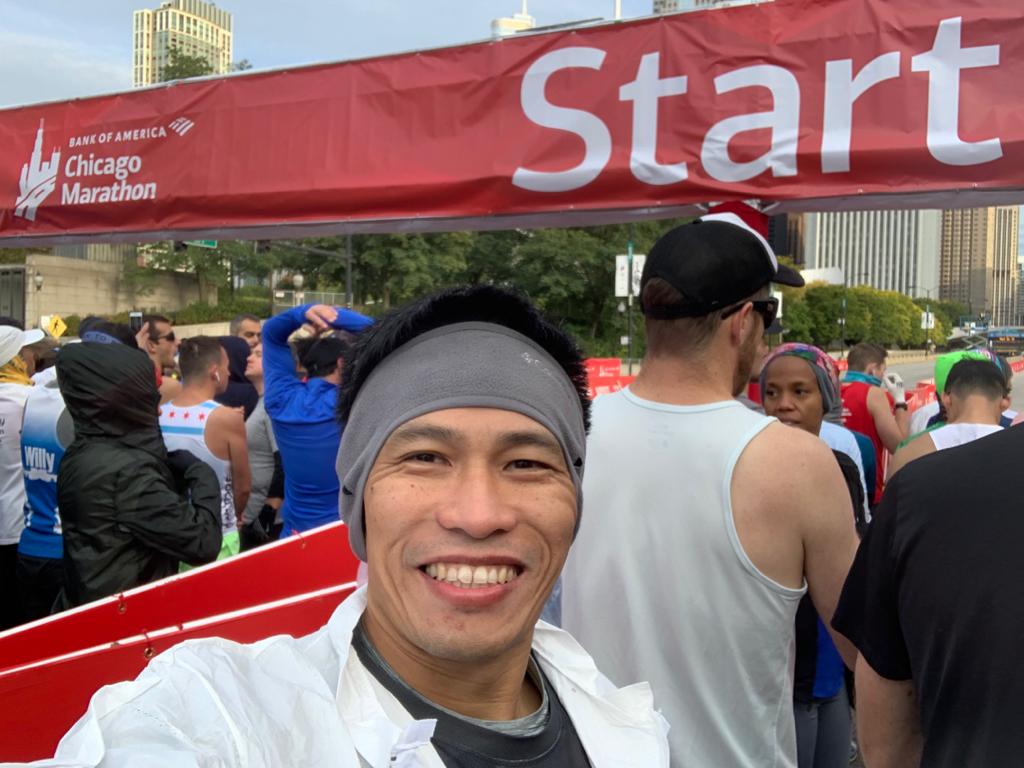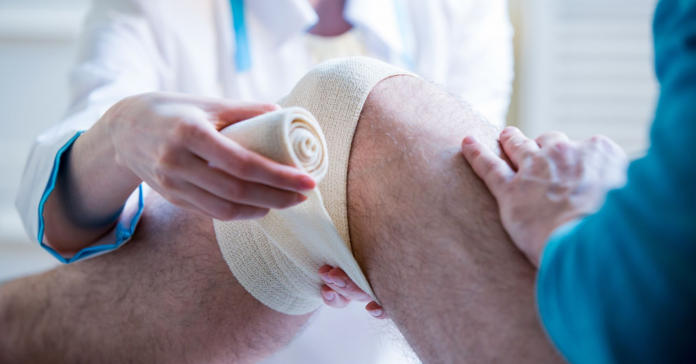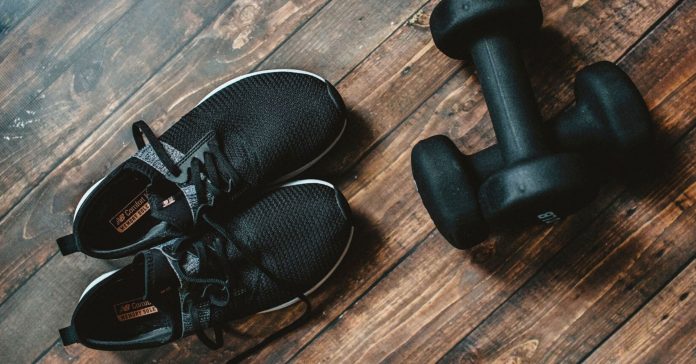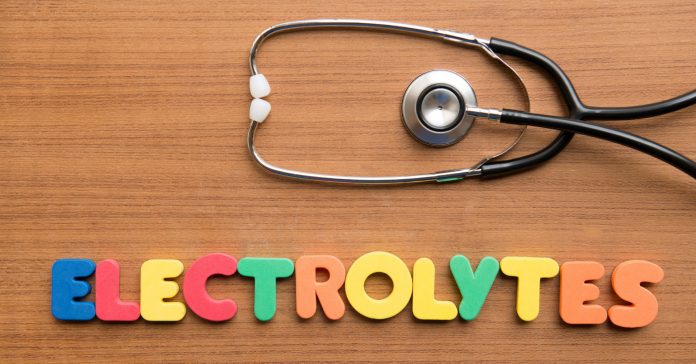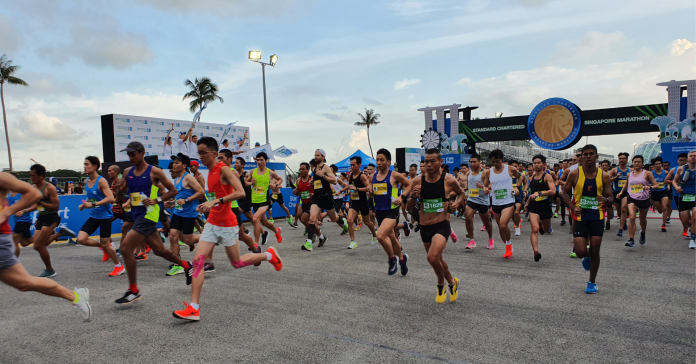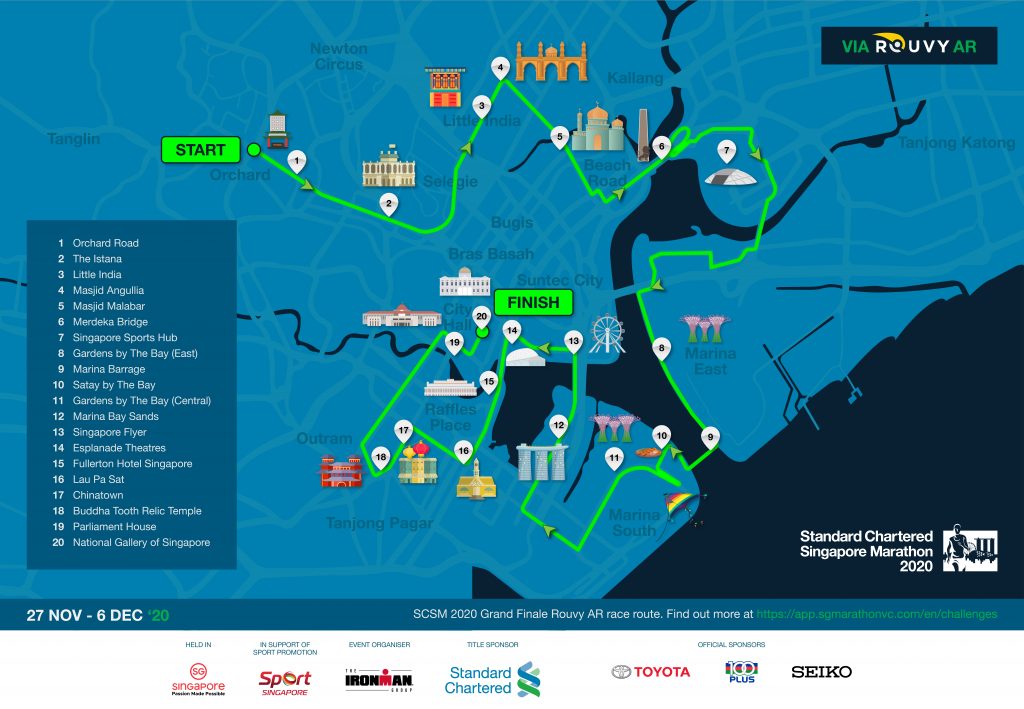Foot pain is often a sign of something more serious. In fact, it is one of the signs that your foot might be suffering from an injury. If you have this problem, it may be time to talk to your doctor. If you are wanting to do some research before this, websites like Rolling Paper are great for finding related articles and learning more about your symptoms. There are some things you should first know, though, as you begin your journey of finding the best treatment for your condition.
Why is foot pain debilitating? Foot pain can be chronic or acute. Acute pain usually happens when you take a spill or when your foot gets broken or cut. Chronic foot pain, on the other hand, is caused by an injury to the foot. Both conditions can be debilitating if they last longer than a week or two. Imagine not being able to walk normally and feeling pain with every step.
In this article, you’ll learn the most common causes of foot pain.
1. Bone Spurs
Foot pain can be caused by a variety of conditions including bone spurs. Bone spurs are also called pododermatitis and are caused by bacteria that live in the foot on the outer side and beneath the skin and on the bones of the feet. It can be caused by shoes that do not fit properly or by overuse and/or injury to the bones and muscles of the foot. Heel spurs can be extremely painful. If surgery is not yet an option, consider Protalus insoles as these can help to reduce some of the problems and symptoms you experience.
Pododermatitis is a chronic condition that causes inflammation in the skin of the toes and the surrounding area. There can also be redness or swelling of the skin in the affected area. This can become worse with time, causing discomfort and pain. If foot pain is too intense, consider to get your bone spurs removed in Idaho Falls.
2. Arthritis
Arthritis is a medical condition that involves the inflammation of the joints and also causes foot pain. The symptoms of arthritis may vary, depending on the type of arthritis. But, some of the common ones are pain in the area of the feet, swelling, and even infection.
Here are the good-to-know facts about arthritis:
- This disease is an autoimmune disease, which means that it attacks your own body without any fault or cause. When you have this condition, the immune system is not able to fight the disease which, in turn, affects other organs of your body.
- The most common symptom of arthritis is foot pain. This usually occurs because the patient has an inflammation of the joints, but the pain can be anywhere in the foot. It is also sometimes called plantar fasciitis. This condition is one of the most common causes of foot pain and also one of the main reasons people seek medical advice.
- There are two types of arthritis which are rheumatoid arthritis and osteoarthritis. Both forms are highly inflammatory and cause damage to the cartilage and bone. They can affect the bone and joint directly, or they can spread through to other parts of the body.
- Some people recover from the condition, while others deal with it for life. The pain could disappear, but you should still seek medical advice from your doctor.
- There are a number of different treatments that can be used to relieve the symptoms and give you a better quality of life. These include the use of corticosteroids which are taken orally and may help to prevent inflammation in the affected area. Other ways to treat arthritis are surgery and other more drastic treatments such as having the joint removed or being placed in a complete body cast.
3. Tendonitis
Tendonitis occurs when the tendons are overstressed. The tissues surrounding your bones and toes become inflamed. This can occur from repetitive activities, such as running, lifting, or other movements that lead to sports injuries. It can also occur as a result of wearing shoes that do not fit properly. When this occurs, the ligaments become irritated and inflamed. This can result in swelling, tenderness, and even pain.
4. Bunions
Bunion pain can cause foot pain. It is one of the main causes of foot pain as well. The condition is commonly referred to as a bunion because it is an unnatural-looking bump or “puncture” of the joint between your big toe and your other toes. This causes discomfort and sometimes pain on the outside of the foot, but can also cause a sharp pain on the inside of your foot.
If you feel that you are getting bunions from walking or running, you can try going easy on the activity. You can also try wearing extra thick socks to reduce friction on the inside of your foot. This should help the friction on the outside of your foot as well as help relieve pain from the inside of your foot.
It may take some time for your foot pain and bunions to clear up, so you may want to consider some type of foot massager. If you feel that your pain is getting worse, contact a doctor right away.
5. Avulsion Fracture
Pain in the heels can be caused by a problem known as avulsion fracture. An avulsion fracture may be caused by a bone spurring or grinding against another bone within the joint. The problem is that the bones do not always move properly when they are forced into one another. They are often too close, making them much more likely to become dislocated. While this does not happen to every person who suffers from this problem, it is the most common cause for the pain.
Another possible reason avulsion fracture causes foot pain is that the area becomes so weak that the bones will break off from and move into another part of the foot. This can also be caused by arthritis, but this is rarely the case.
6. Bursitis
There are also other possible reasons foot pain occurs, including inflammation or bursitis. Bursitis is a common condition in the hands, fingers, and joints, but it can also occur in other parts of the body. It is actually the inflammation of a fluid-filled bursa, or sac, within a finger joint. These sacs cushion certain areas around the joint where the skin, muscles or tendons would otherwise rub.
Here are the possible causes of bursitis:
- One of the most common causes of bursitis is repetitive stress. This is especially common for people who are constantly typing, knitting, and other repetitive tasks.
- Bursitis can also occur as the result of injury to an area of the body or as a result of wearing protective gear that has little or no protection.
- Other possible causes include infection; injury to surrounding structures such as tendons, ligaments, and bones in the joint; illness; birth defects; trauma; and an injury that occurred prior to childhood.
In many cases, bursitis can be treated without surgery. A doctor will first test the area to see if it is inflamed and may perform a physical examination, if so. If you do have an inflamed bursa sac, or if you find that the condition is not caused by injury to the bursa, then your doctor may be able to prescribe antibiotics to help relieve the pain. However, if the bursa is infected or inflamed or if the bursal lining is thickened or damaged, then surgery may be necessary.
7. Foot Infection
It is also possible for foot infection to cause pain. The common causes of foot infection are fungal infections, bacteria, and even viruses. When in pain, check with your doctor to make sure that you do not have an infection.
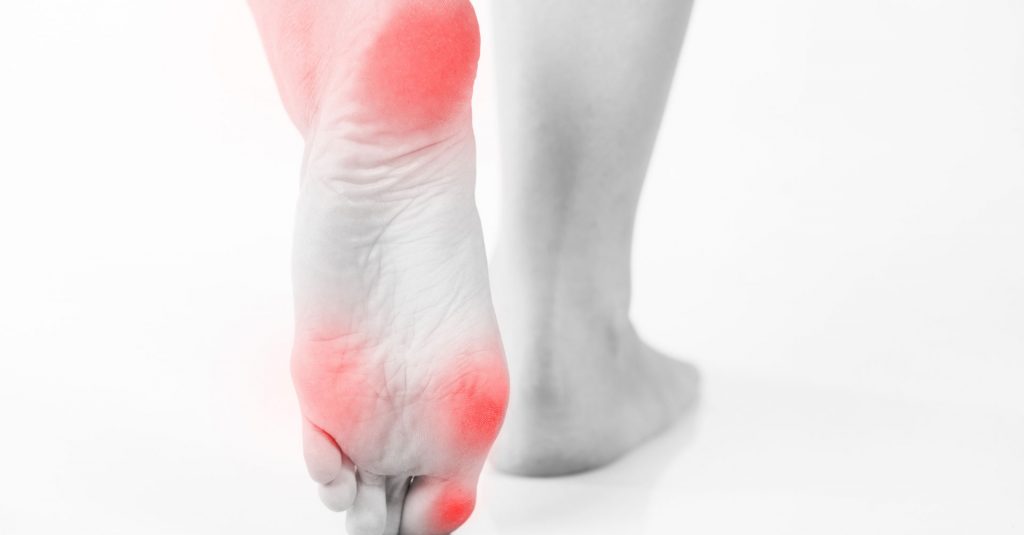
Managing Foot Pain
- It is important to remember that if you have chronic foot pain, you should make an appointment with your doctor as soon as possible. Your doctor will discuss the possible causes of your pain and determine the best treatment for you.
- Always Wear Proper Footwear: Shoes should be comfortable and not too loose or tight, but should also allow for plenty of space between your toes.
- Keep Your Feet Clean: To prevent bone spurs from causing foot pain, it is important to always keep your feet clean and dry. If there is an infection in the skin surrounding the foot, it is important to treat the infection as soon as possible.
- Prevent Further Inflammation: In addition to treatment, it is important to know what to do if you are experiencing a flare-up. You should keep a close eye on the affected area to prevent further discomfort and pain. By preventing further inflammation, you can stop the condition from worsening.
- Keep Skin Moisturized: By keeping the skin of the foot well-moisturized and by preventing pressure on the bones and tissues, you can reduce the chance of developing bone spurs and other foot issues.
- Medications: There are treatments that can help reduce pain. Your doctor may prescribe medicine to help control the pain. Some of the medications used for pain relief may be anti-inflammatory, which helps reduce swelling and help the healing process.
- Physical Therapy: It is another option to try if your pain continues after using medications. Physical therapy helps with joint exercises and stretches that help relieves the pain. Your doctor can tell you if you need surgery or any other form of treatment.
- Surgery: If you have bone spurs, you will probably need to have them removed surgically. Once they have been removed, the bones may heal over time, though, they can come back if you are not careful.
Conclusion
Foot pain could be a result of injury, infection, or chronic foot problem. The pain you feel in your feet and ankles could be related to arthritis, bursitis, avulsion fracture, or tendonitis. This is why it’s important to see a podiatrist before deciding on a treatment for your pain. Your doctor will prescribe the right medications or therapy and perform surgical intervention as needed.


